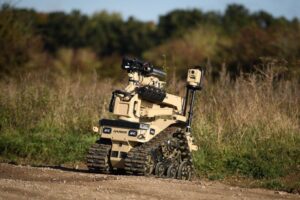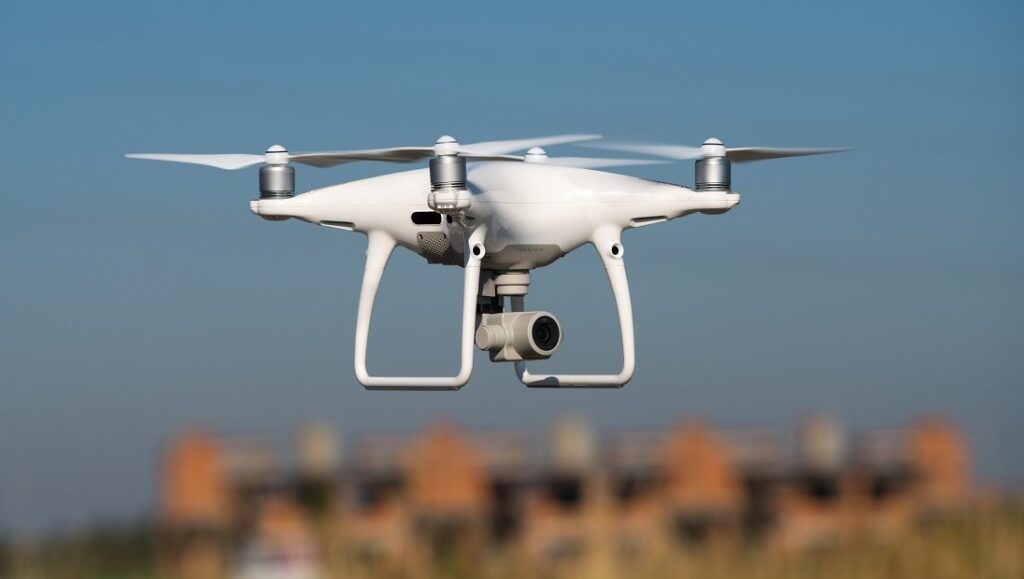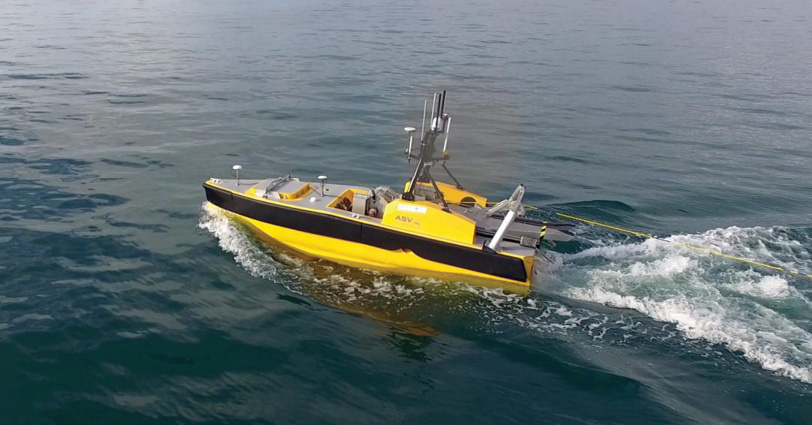Types of Mobile Robots
There are two main types of mobile robots: autonomous and non-autonomous (guided). Guided mobile robots require some type of instruction or guidance system in order to move. Autonomous mobile robots can move and explore without any type of external direction.
Mobile robots can also be classified by the environment where they work and the device they used to move.
Land-Based Mobile Robots
Also known as unmanned ground vehicles (UGVs) navigate on dry land.

Air-Based Mobile Robots
Also known as unmanned aerial vehicles (UAVs) or drones – fly through the air.

Water-Based Mobile Robots
Also known as autonomous underwater vehicles (AUVs) – travel through water.

Parts that Classify a Mobile Robot
Wheels
Advantages: simpler to use, easier to design, build, and program, and more cost efficient
Disadvantage: not very good at navigating over obstacles
Types: fixed standard, castor, Swedish, ball or spherical
Legs
Advantages: versatility, efficiency, move on soft and uneven terrain, energy efficient, stability, can easily cope with cracks or obstacles found in the environment
Disadvantage: more expensive
Types: biped (humanoids), four-legged (quadruped), six-legged
Tracks
Advantages: larger ground contact
Disadvantages: skid/slip steering
Types: treads

